10 Dog Breeds That Refuse to Listen No Matter What You Do
Some dogs may look like fluffy clouds but are actually tiny tornadoes with fur. These breeds have a reputation for being challenging to train due to their independent and energetic natures.
So, what can you do if your dog seems more rebellious than obedient? Some interesting tips include positive reinforcement, training to suit their personalities, and ensuring they receive ample mental and physical stimulation. Let’s learn more about what it takes to build a stronger bond with your canine.
Afghan Hound
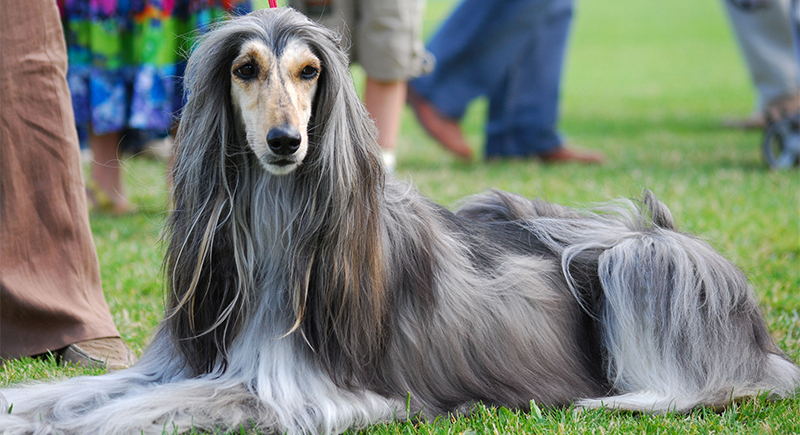
Credit: Wikimedia Commons
This dog is nothing less than royalty—be it the looks or the attitude. Now imagine training royalty to obey. Tough, right? Their flowing locks and dignified stances are accompanied by their ability to regard commands as mere suggestions. Their independent nature means they prefer to make their own decisions and would make training a test of patience and creativity.
Basenji
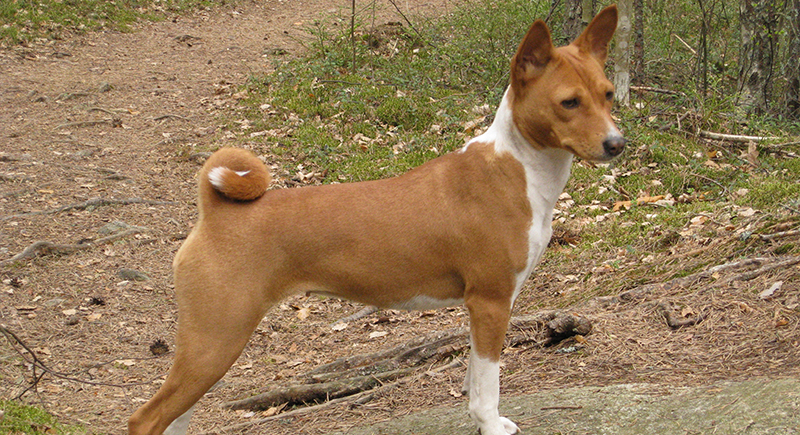
Credit: Wikimedia Commons
If you want to know what a curious cat in a dog’s body would look like, check out Basenji. These barkless dogs express themselves through unique yodel-like sounds. Their feline-like curiosity often leads them on solo adventures. This means they don’t really care about paying heed to their owner’s calls. Training a Basenji requires innovation to keep their inquisitive minds engaged.
Bulldog
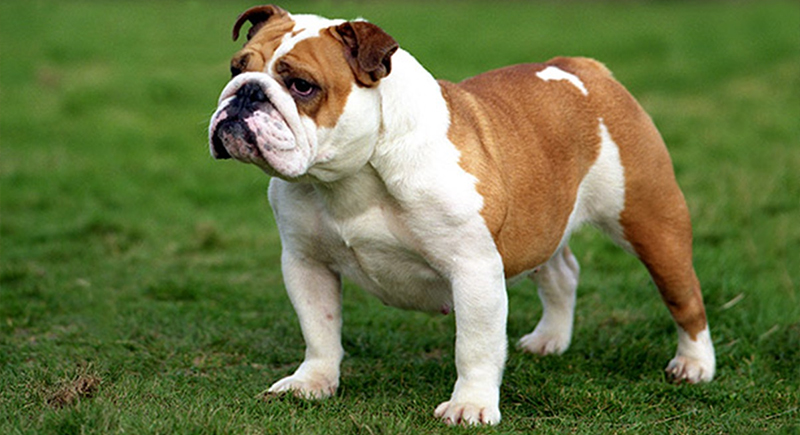
Credit: Wikimedia Commons
These lovable couch potatoes are the epitome of relaxation. They choose a comfy spot over obedience drills. Their stubborn streak, combined with a laid-back attitude, means they might ignore commands that disrupt their leisure. Short, fun training sessions with tasty rewards can motivate these gentle companions.
Chow Chow
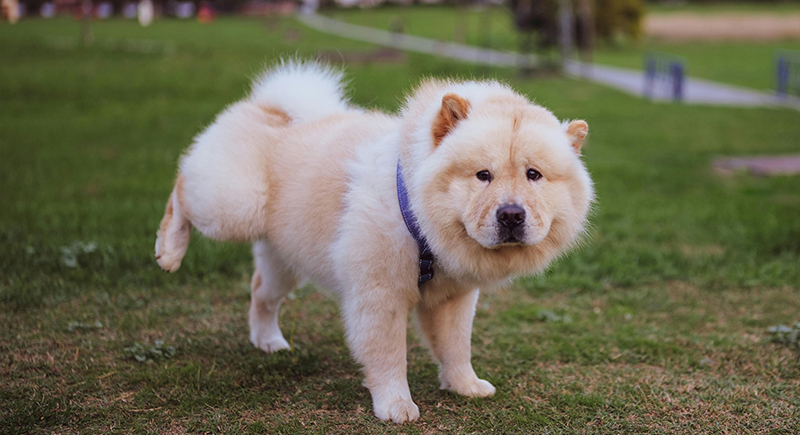
Credit: Pexels
Chow Chows display an air of independence with their lion-like mane and scowling expression. They often question the necessity of commands. The training that works for them requires mutual respect and understanding. Early socialization and consistent guidance are key to earning their cooperation.
Basset Hound
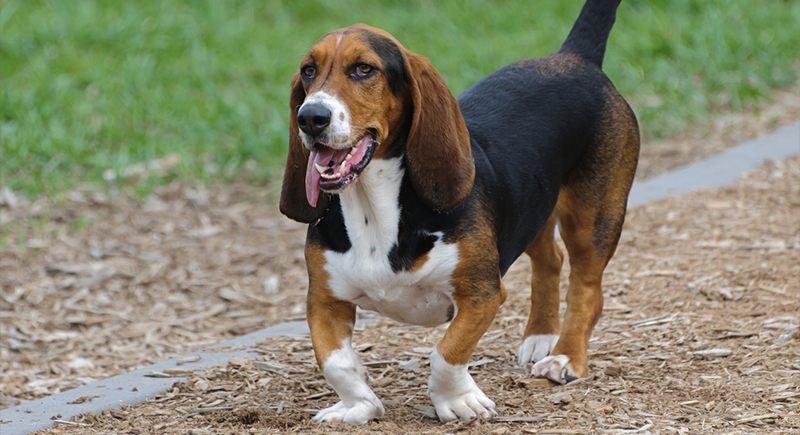
Credit: Wikimedia Commons
You will often find these scent-driven explorers following scents with determination. This focus can make them appear aloof to commands, as their noses dictate their actions. Incorporating scent-based games into training can turn their natural instincts into cooperative behavior.
Pekingese
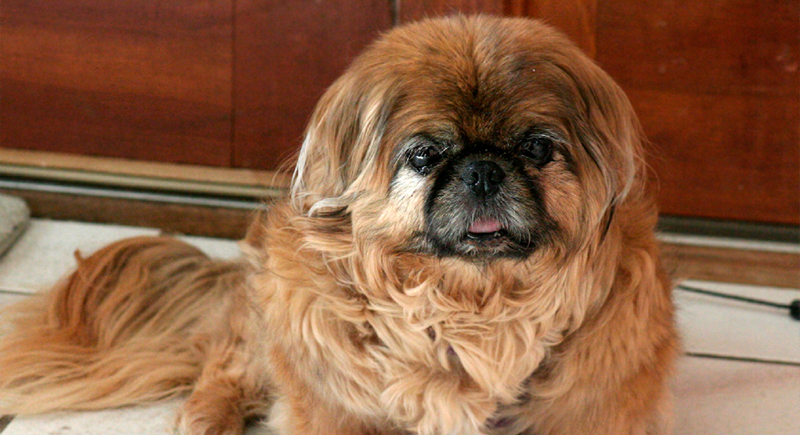
Credit: Wikimedia Commons
This dog is a regal companion bred for Chinese royalty. Pekingese carry themselves with a confident demeanor. They may view training as beneath their royal status and may appear indifferent to commands. Gentle and reward-based training that respects their autonomy can encourage participation.
Mastiff
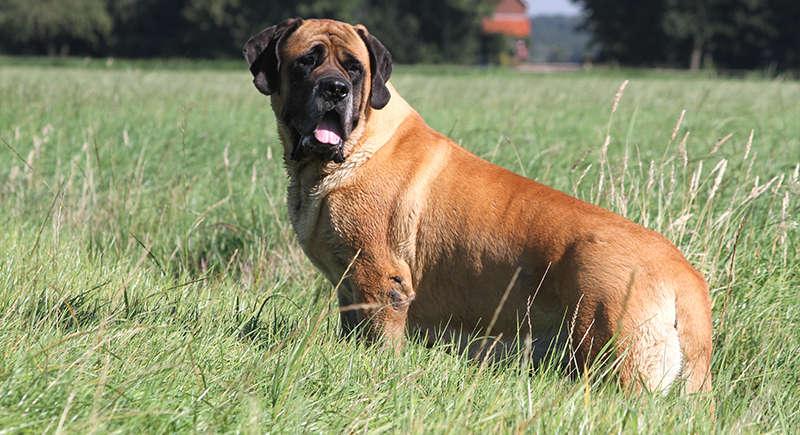
Credit: Wikimedia Commons
Mastiffs are known for their massive size and equally large hearts. Their calm and sometimes stubborn nature means they might resist commands. Sometimes, they see no point in obeying and ignore. The only thing that works with these gentle dogs is consistency. So keep going, and you will soon see progress.
Beagle
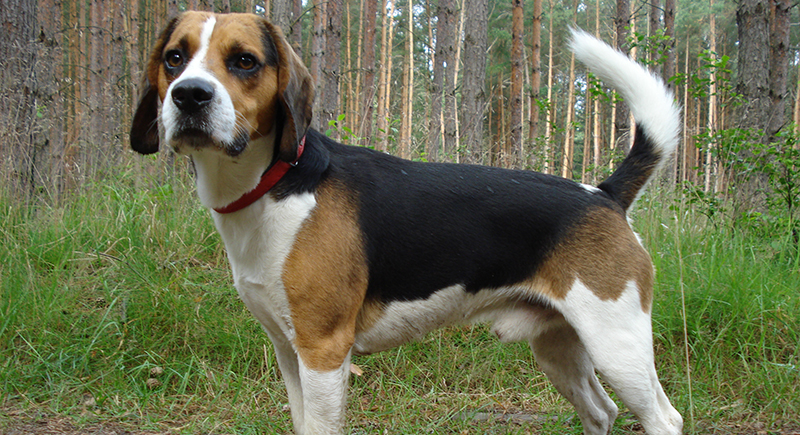
Credit: Wikimedia Commons
These cheerful and energetic dogs have a very strong sense of scent, which can make them easily distracted during training sessions. The interesting part is that they love treats and play, and these two aspects can be helpful when it comes to training them.
Shih Tzu
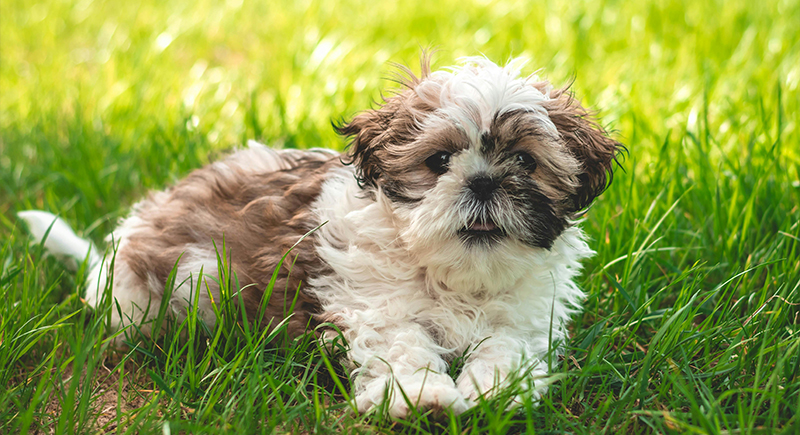
Credit: Pexels
The pampered lap dog was bred for companionship and, therefore, has some habits that scream ‘spoiled brat.’ This also encourages their independent streak, which can make training a little challenging. Short, fun sessions with plenty of praise can motivate them to learn and obey commands. But it’s going to take time, so be patient!
Bloodhound
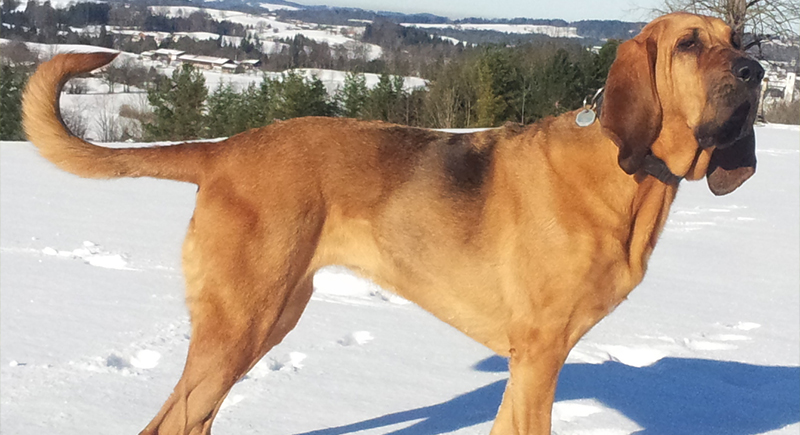
Credit: Wikimedia Commons
As the perfect example of single-minded determination, bloodhounds have an unparalleled sense of smell that could easily distract them during training sessions. Keeping these traits in mind, the best way to work with these dogs is by incorporating scent-based activities into training to harness their natural talents in a positive way.
Dachshund
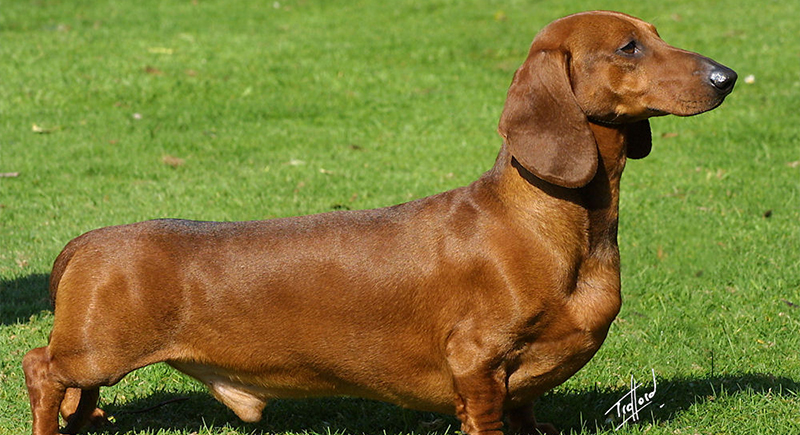
Credit: Wikimedia Commons
Dachshunds, with their long bodies and short legs, were bred to hunt burrowing animals. Their bold and curious nature can lead them into trouble, and their stubbornness can make training a test of wills. Consistent and positive reinforcement is key to training these spirited dogs. A little display of agitation on your end could take the progress back to zero.
Jack Russell Terrier
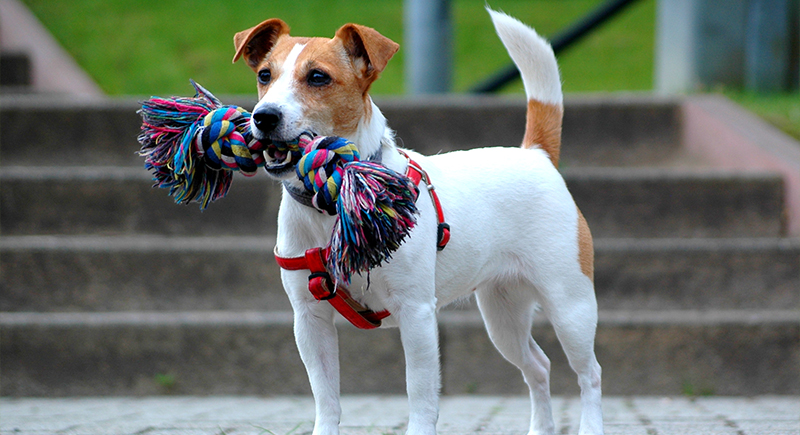
Credit: Wikimedia Commons
The standout quality of these small but mighty dogs is their impeccable energy levels. They can exhaust even the most active owners. Because of their intelligence and determination, they can easily find creative ways to escape or avoid commands. Engaging their minds with varied activities and consistent training can channel their energy positively.
Siberian Husky
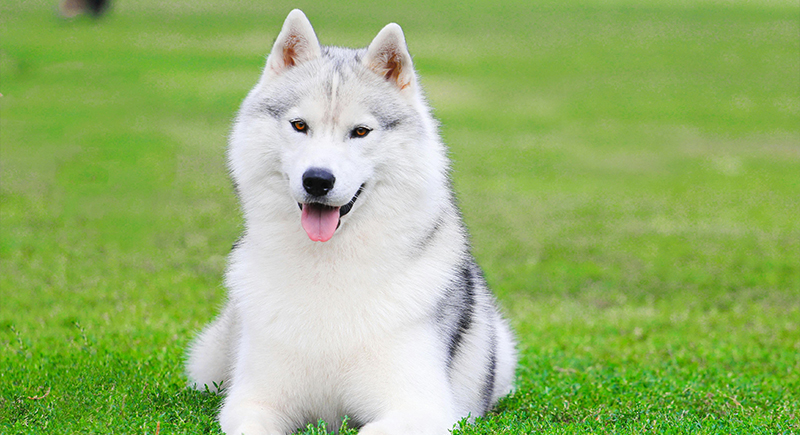
Credit: Pexels
Not only do Huskies look like wolves, but they’re also hard to train, thanks to their free-spirited personality. Their endurance and independence make it even more difficult, especially if they’ve already made their mind to do something. Their desire to run and explore can make them seem unresponsive to commands. Regular exercise and engaging training sessions are essential to keeping their attention and cooperation.
Scottish Terrier
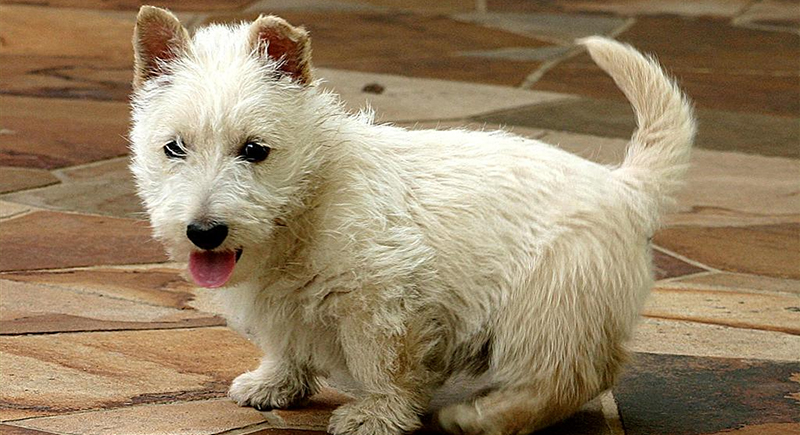
Credit: Wikimedia Commons
Scotties have a strong sense of independence and can be quite stubborn. Their feisty nature means they may challenge commands they find uninteresting. Building a strong bond and constant encouragement is the only way to make them learn and obey—but there’s still a high chance they won’t.
Lhasa Apso
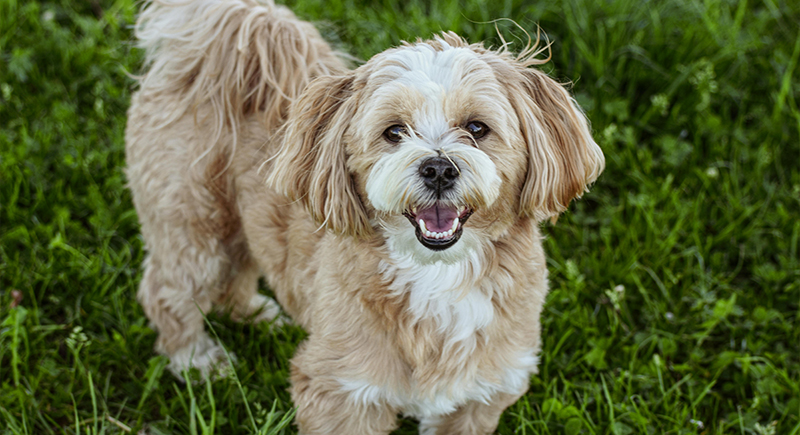
Credit: Pexels
These sentinel dogs were bred with a natural sense of alertness, which may come off as aloof at times. This factor, along with traits of independence, makes training a challenge. Patience, consistency, and respect for their autonomy are three things that could help you train these watchful companions.